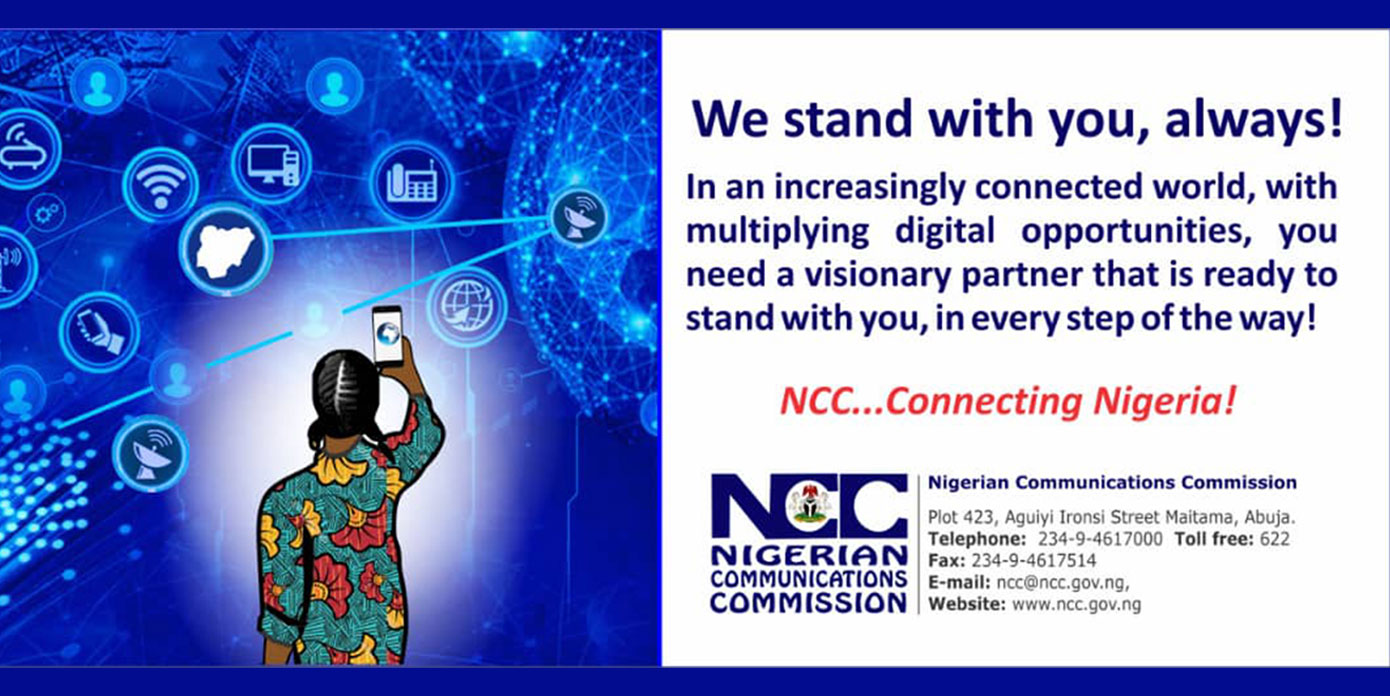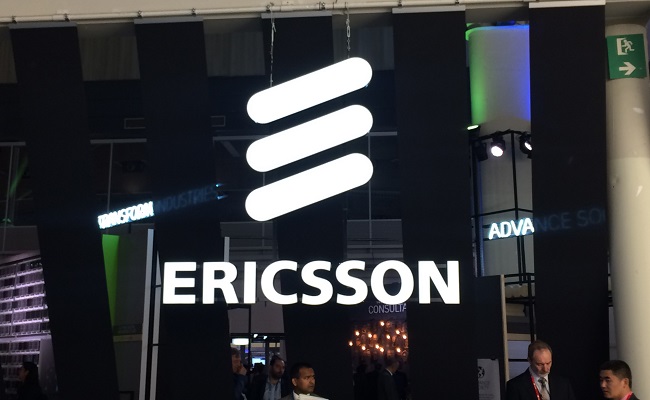Ericsson tipped higher-than-expected increases in 5G uptake in China to offset Covid-19 (coronavirus)-blunted growth elsewhere and boost the number of global connections using the technology by the end of this year.
Speaking at the vendor’s virtual Ericsson Unboxed event, Patrik Cerwall, executive editor of Ericsson Mobility Report, revealed it would increase a previous forecast of 100 million 5G subscriptions by the end of 2020 when it publishes its latest edition next month.
He also upped 2025 predictions, from an earlier forecast of 2.6 billion to 2.8 billion.
Despite an overall bullish view of the technology, he cautioned the pandemic would likely ease the short-term growth trajectory outside of China.
“If you look at the rest of the world, by the end of this year you see a decrease based on our [previous] estimate. People are sitting at home and it’s not the time to go out shopping for a new 5G device.”
He also noted there would likely be a knock-on impact from delays in spectrum allocation procedures in some countries. This echoes comments made at the company’s Q1 update last month, when CEO Borje Ekholm warned there was a risk the pandemic could lead to Europe falling behind in 5G.
The Ericsson Mobility Report is released in June and updated in November each year.
Traffic changes
During global lockdown measures, Cerwall noted there had been a
20 per cent jump in data traffic in a number of markets with operators
facing challenges in terms of location and profile, despite fixed
operators taking the bulk of the remote working load.
Perhaps unsurprisingly, there had been a shift of mobile traffic from business districts to residential areas and increased uplink demand from use of applications including video conferencing.
Elsewhere at the event, Ekholm was equally bullish on the prospects for 5G, stating he remained confident on the business potential of the technology while noting the need to “debunk the myth” consumers wouldn’t pay extra for 5G.
He noted a survey undertaken by the company showed 20 per cent of respondents were willing to pay a premium for 5G. However, he warned, this relied on people “really noticing the difference” between the new network technology and 4G.











